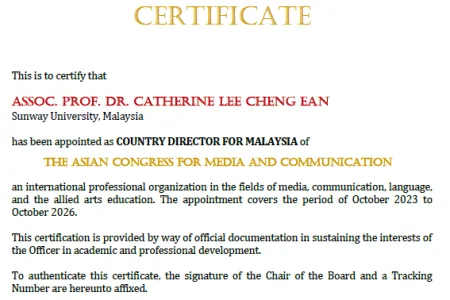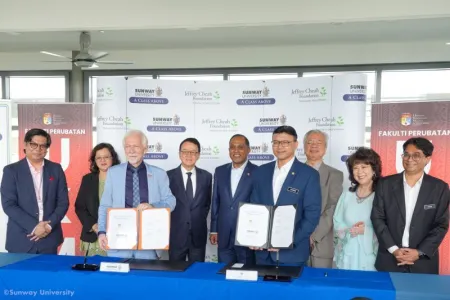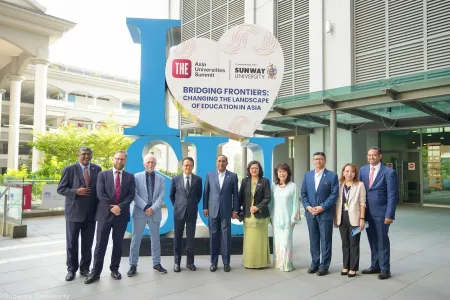Mines where Academics Can Dig for Gemstones: A Case from a Small Chinese Temple
At a recent a School of Hospitality and Service Management research seminar of the Asia Pacific Centre for Hospitality Research (APCHR), Dr Ku Kei Ieng (Tammy), presented on “Mines where academics can dig for gemstones: A case from a small Chinese Temple”. This presentation is based on a research conducted by Dr Tammy Ku alongside Dr Eve Ren Lianping. Dr. Tammy Ku holds a doctorate degree in Hotel and Tourism Management from Hong Kong Polytechnic University with thesis a paper on Tourists’ movement and behavior studies, and a master in business administration and Aviation Management in Engineering Faculty at Royal Melbourne Institute of Technology in Melbourne, Australia. She was also nominated as the lifetime consultant for NaTcha Temple by the NaTcha Association and assists NaTcha Temple to continue the title of UNESCO World Heritage and National Intangible Heritage of NaTcha Festival.
The NaTcha Temple was built adjacent to the Old City Wall in 1888 and subsequently, rebuilt in 1901. In 1995 and 2000, the government also carried out conservation efforts to preserve the temple. This historic building also earned the official title of “The Historic Centre of Macao” title in 2005. Chinese elements such as dragons and a lotus flower are adorned on the temple structure, which symbolises prosperity and purity respectively. It is believed that this temple possesses the power to ‘provide blessings and protection to the people’ – these very words are also inscribed on the tablet to the temple’s entrance. Interestingly, NaTcha is part of a rich Chinese folk legend. In Macao today, this deity is worshipped mainly by children for the purpose of attaining good academic results.
According to Dr Ku, the NaTcha Temple does not merely act as a place of worship but also holds annual celebrations to commemorate the birth of the deity. During this annual celebration, locals and tourists have the opportunity to witness a 3-hour procession that takes place along some of the busiest streets of Macao. Although the NaTcha Temple is located near the Ruins of St Paul’s, one of Macao’s most-visited tourist spot, it is often overlooked by tourists and locals. When one conducts an Internet search via Google, recent top-searched locations in Macao largely include casino properties. Nonetheless, Dr Ku emphasised that Macao is also home to many cultural sites that are often unsung.
In this research, Dr Ku mentioned that she has adopted the ethnography data collection methodology from participant observations, as well as from informal conversations with tourists and temple volunteers. This longitudinal study is also able to capture macroenvironmental changes surrounding this temple, particularly during the COVID-19 pandemic where temple activities are affected by safety regulations. Necessary information was also taken from memory sources such as autobiographies, oral histories and memory media such as photos and videos.
The NaTcha Temple is indeed a cultural asset that deserves more attention from tourists and the local community. In order to increase awareness of this location and the NaTcha deity, Dr Ku also suggested the importance of local and tourist engagement activities such as conducting cultural workshops and gifting of tokens of remembrance. Dr Ku also stressed the importance of literature and documentation of this folk legend deity and its festivals. Participation of tourists and locals at temple festivals also enables them to experience rituals and join in the meaningful celebrations. It was also highlighted that one of the major events during the festival is the 3-night Cantonese Chinese Opera, a heavily promoted event by the local government to increase the involvement of young people.
As rituals and practices evolve, Dr Ku highlighted the importance of preserving and communicating this folk legend to the younger generation. On a closing note, Dr Ku mentioned that the NaTcha Temple and its deity’s annual birthday celebration “contributes to social cohesion, thereby enhancing a sense of identity and responsibility for the co-creation of memory”. This topic has significantly contributed to a nuanced understanding of the Chinese culture and folk legend.






